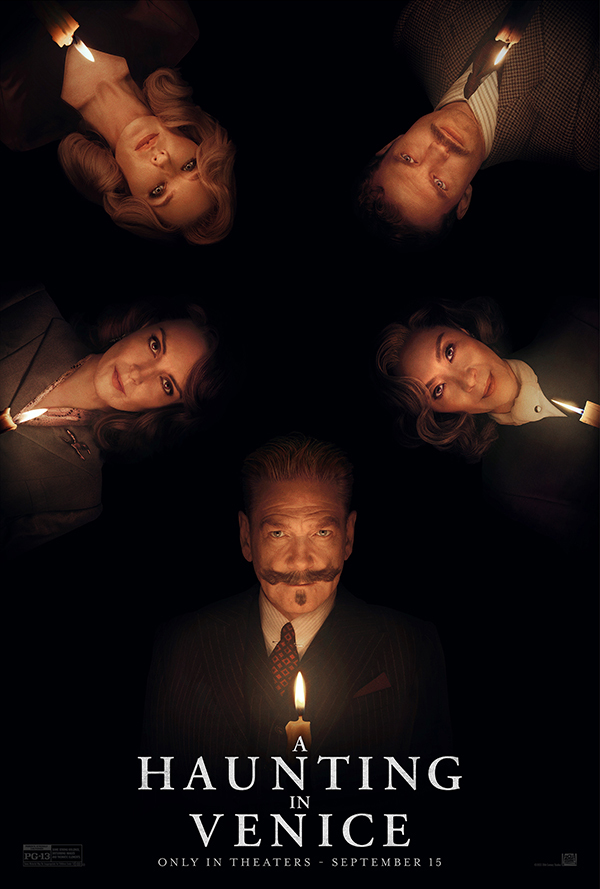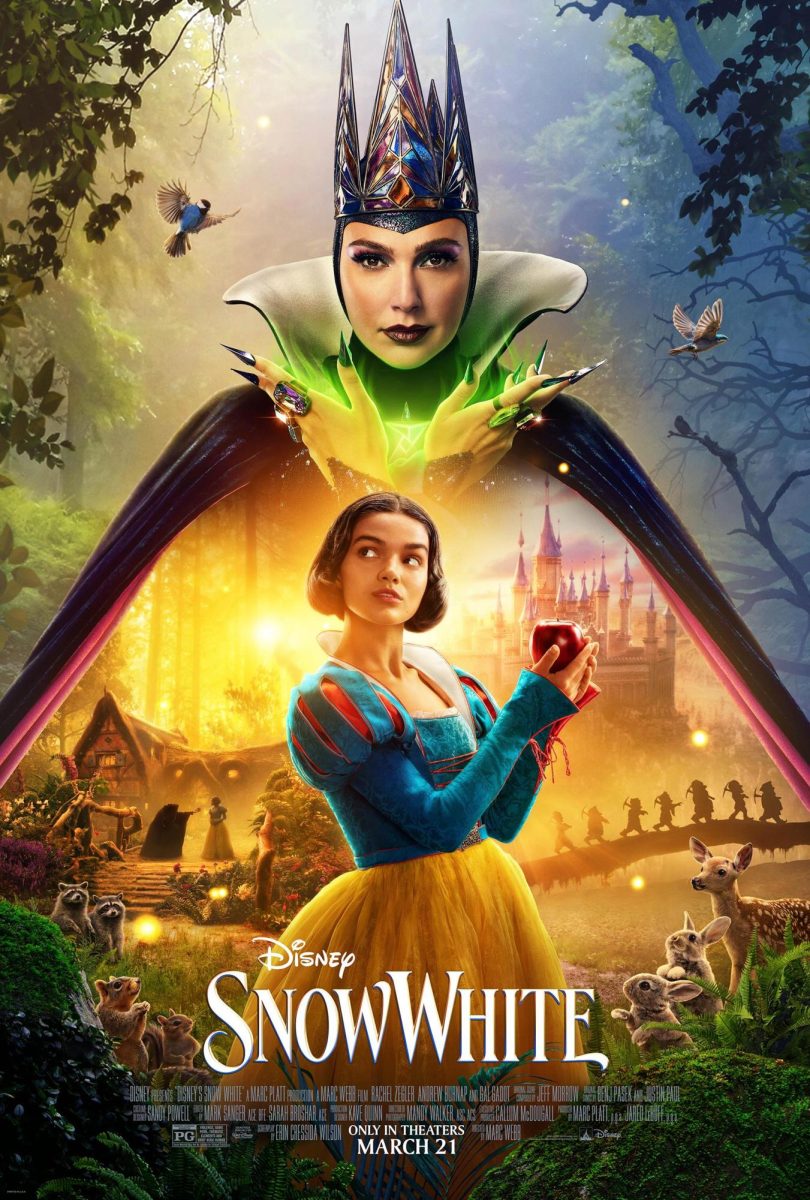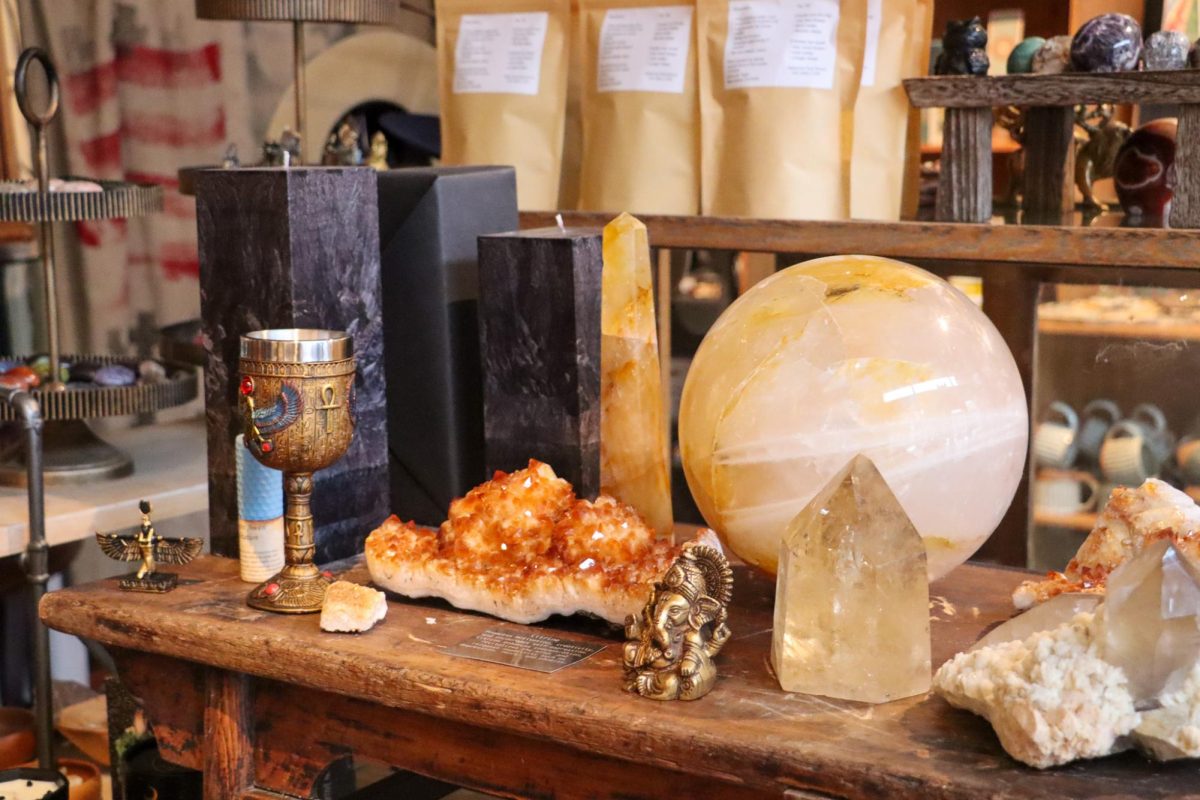A Haunting in Venice, released Sept. 15 and directed by Kenneth Branagh, is based on the book Hallowe’en Party by Agatha Christie. In the film, retired detective Hercule Poirot is invited to a seance by his book-writing friend, Ariadne Oliver. At the seance, possession, lies, and murder ensues. After a guest is killed, Poirot realizes he needs to uncover the identity of the culprit.
Kenneth Branagh wrote A Haunting in Venice as a part of a trilogy, along with The Death on the Nile and The Murder on the Orient Express, but it was advertised as a standalone movie. For viewers who hadn’t seen the other two films in the trilogy, the main character, Hercule Poirot (Kenneth Branagh), could be confusing to grasp, as the film didn’t portray any of his background information.
The movie opens in Venice, Italy, in 1947. Throughout the film, some characters have thorough introductions and backstories, but many of them proved difficult to follow, including Hercule Poirot (Kenneth Branagh) and Ariadne Oliver (Tina Fey).
The dialogue in this movie quickened as the story progressed, adding to the challenge of following the plot. The Italian accents, combined with the fast speed of the actors’ speech, made for a movie that took an unexpected amount of energy to process.
With a run time of 103 minutes, just as tension seems to grow in the movie, it ends. One of the most confusing parts of this movie is how the detective figured out the case. The plot jumps from the main character being confused and questioning his whole life to suddenly knowing every single detail as to who the killer was and how everything went down.
The best way to describe the execution of A Haunting in Venice’s “plot” would be that it is bland. The movie’s “plot mountain” was structured more like a “plot line,” with the climax at the end rather than earlier. The storyline itself had a lot of potential but did not nearly meet its goal.
Although both the plot and characterization lacked in quality, something has to be said about the set and attention to detail. The movie takes place in a gorgeous palazzo, which is one part that the director and crew nailed. The house is both haunting and beautiful. Along with the set design, the actors had convincing performances, specifically Michelle Yeoh, who had an incredible scene in which she seemed genuinely possessed.
The movie began with the bright colors of Italy contrasting with the gloomy house, and the visual effects continued to impress viewers with black and white flashbacks that stole the show. However, the actual camera angles were a different story. No one in the theater needed to see Hercule Poirot’s nose hairs. If you struggled watching The Blair Witch Project, or just with motion sickness in general, you might want to close your eyes during a few scenes.
Overall, it’s hard to understand how this movie was marketed as a “whodunit”. The point of whodunit movies is that the audience is provided with enough hidden clues for them to solve the mystery alongside the characters. The few random clues the audience receives could not get even the most experienced detective anywhere close to solving the crime. A Haunting in Venice took out the fun of solving the mystery along with the detective, ultimately earning it two out of five feathers.










